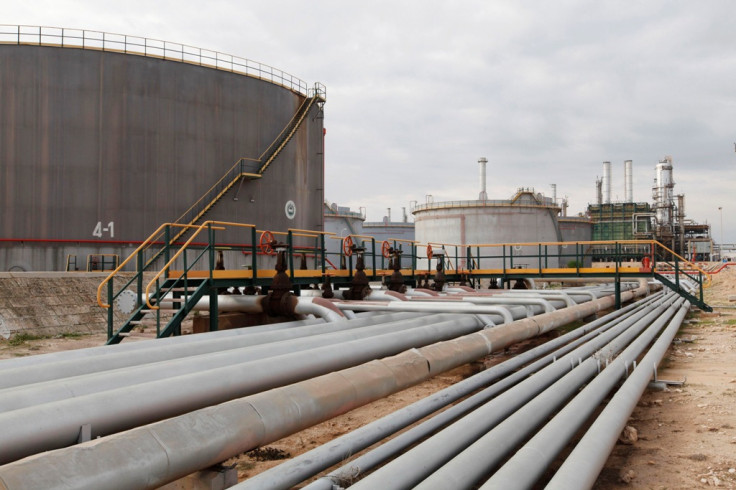Commodities Round-up: WTI crude oil slides below $40/bbl, profit-taking hits gold futures
Oil prices hit four-month low while precious metals decline as traders book profits on recent rally.

The West Texas Intermediate oil futures contract slid below $40 per barrel as the crude market uncertainty continued of Wednesday (3 August), while the overnight precious metals rally was halted as traders went in to selling mode to cash in on recent price upticks.
At 2:09pm BST, the WTI September contract was up 0.51% or ¢20 at $39.71 per barrel, mounting a marginal recovery in European trading after overnight falls in the US and Asia.
Concurrently, the October Brent crude futures contract, up 0.50% or ¢21 at $42.01 per barrel, also clawed back some losses.
However, both benchmarks continue to lurk around four-month lows having entered a technical bear market on Tuesday, with oversupply and lack of clear demand drivers denting market confidence with a vengeance.
Meanwhile, Fitch Ratings has raised its 2016 oil price assumptions, but expects record high inventories to slow any further price increases. Having maintained a low base of $35 per barrel, the agency revised it upwards to $42.
"We assume Brent and WTI will average $42 a barrel in 2016, up from our $35 base case in February. The increase follows evidence that the market will come into balance in the second half of 2016, which has already been reflected in a year-to-date average price of $41/40 for Brent/WTI."
However, the agency said it does not expect the rapid price recovery seen in the first half of 2016 to continue. "The sub-$30 prices at the start of the year approached cash costs for many producers and were unsustainable in all but the very short-term. Prices in the $40-$50 range allow most producers to break even on a cash basis, if not to cover sunk costs.
"We believe that record high inventories – OECD stocks are still more than 10% higher than normal – and market expectations that US shale production will begin to rebound at prices above $50, will keep prices below that level until a supply deficit has eroded some of the inventory overhang," the agency concluded.
Weaker dollar supports precious metals
Elsewhere, precious metals slipped into negative territory following a market correction brought on by traders looking to sell and book profits following the recent price upticks.
At 3:06pm BST, Comex gold for December delivery fell 0.52% or $7.20 to $1,365.40 an ounce, while Comex silver fell 1.07% or ¢22 to $20.48 an ounce. Concurrently, spot platinum was 0.49% or $5.69 lower at $1,160.61 an ounce.
Nonetheless, a weaker dollar would continue to support gold and silver, according to Kash Kamal, senior research analyst at Sucden Financial.
In his monthly market note to clients, Kamal wrote: "Continued global uncertainty and a loss of confidence in central banks' ability stimulate growth coupled with increasingly high valuations across stock and bond markets will likely see growing participation in commodity assets with fund flows expected to be the driving force behind this.
"However, with the US Federal Reserve being the only central bank on the path to higher interest rates, albeit a long and drawn out path, the outlook for a stronger greenback could add headwinds to commodity prices in general while individual supply and demand drivers prompt diversion within the asset class, further convoluting the market dynamics."
© Copyright IBTimes 2025. All rights reserved.






















